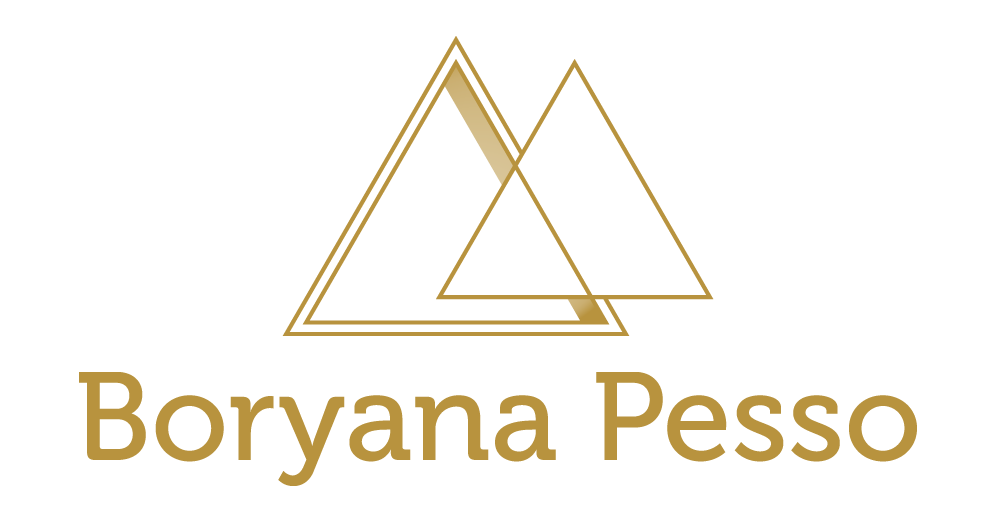Are you feeling stuck in your career or facing challenges that seem insurmountable? It’s time to introduce a fresh perspective into your problem-solving toolkit: Design Thinking. Originating from the world of product design, Design Thinking has proven to be an incredibly effective approach not only for innovation but also for personal and professional growth. In this article, we will explore how you can apply Design Thinking principles to navigate and excel in your career.
What Is Design Thinking?
Design Thinking is a human-centered problem-solving methodology that focuses on empathy, creativity, and experimentation. It encourages us to approach challenges with an open mind and a deep understanding of the people we’re trying to help – in this case, ourselves and our career aspirations.
Empathize: Understand Your Career Goals
The first step in Design Thinking is to empathize with the user, or in this case, with yourself. Take the time to truly understand your career goals, values, and aspirations. Ask yourself:
- What do I want to achieve in my career?
- What are my strengths and weaknesses?
- What are my core values and principles?
- What obstacles are preventing me from reaching my goals?
By gaining a deep understanding of your own desires and limitations, you can design a career path that aligns with your true self.
Define: Identify Career Challenges
Once you’ve empathized with your career goals, it’s time to define the specific challenges you’re facing. Are you struggling with a lack of opportunities for growth, work-life balance, or a sense of purpose? Define these challenges clearly to set the stage for creative problem-solving.
Ideate: Generate Career Solutions
This is where the creativity of Design Thinking shines. Gather a diverse range of ideas for overcoming your career challenges. Encourage brainstorming, mind mapping, and free-flowing creativity. Don’t filter your ideas at this stage – the goal is to generate as many potential solutions as possible.
Prototype: Test Career Strategies
Now, it’s time to put your ideas into action. Create prototypes of your career strategies. This might involve taking small steps, such as attending a relevant workshop, networking event, or starting a side project. The key is to experiment with different approaches to see what works best for you.
Test: Refine and Iterate
Design Thinking is an iterative process. After testing your career strategies, evaluate their effectiveness. What worked? What didn’t? What did you learn? Use these insights to refine your approach and iterate on your career design.
Conclusion
By applying Design Thinking principles to your career, you can transform your approach to problem-solving. Instead of feeling overwhelmed by challenges, you’ll become a proactive designer of your career journey. Remember that the process is flexible and adaptable, allowing you to continuously evolve and grow in your chosen path.
So, the next time you find yourself facing a career challenge, embrace the creative and empathetic mindset of Design Thinking. Your career, like any well-designed product, can evolve into something truly remarkable when you approach it with intention, empathy, and creativity.
